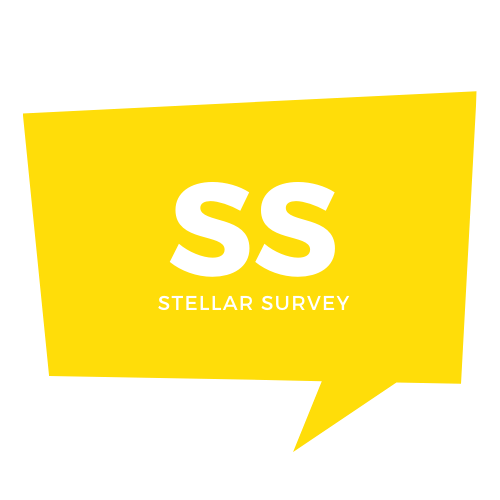In this era of hybrid and virtual events, audience participation—whether in a business meeting, corporate trade show, or company-wide conference—has never been more critical. But how do you maintain the interest of attendees and keep them involved? Live surveys offer a real-time way of measuring instant feedback and turning passive attendees into active participants.
Table of Contents
The Advantages of Live Surveys in Meetings
Imagine leading a corporate seminar for thousands of attendees. How do you quantify what they’re thinking, what they’re interested in, or how engaged they are? Traditional methods of feedback generally arrive too late to be of any use. Live surveys, on the other hand, give real-time input, allowing organizers to shape discussion, address problems, and improve audience experience as it unfolds.
According to studies, interactive meetings have as much as 65% more engagement than the traditional formats. Through live surveys, organizers can tap into audience opinion there and then, and presentations are made more effective and dynamic.
Real-Time Feedback for Enhanced Engagement
In contrast to after-event static surveys, live surveys provide real-time, actionable feedback. Live feedback, whether through quick polls, audience sentiment tracking, or Q&A engagement, engages the audience and allows speakers to modify messaging on the fly.
Types of Live Surveys That Drive Audience Participation
Pre-Event Interest Surveys – Gathering attendee interests beforehand enables the tailoring of sessions and conversation to their needs. A leadership summit, for example, can use surveys to determine the most relevant management challenges.
Onboarding & Entry Surveys – These mandatory surveys gather demographic or topic-related data at the start of an event. A product launch, for example, might ask about attendees’ familiarity with a brand’s products.
Live Polling for Instant Feedback – Polls during a presentation add energy and interactivity to a session. A presenter at a medical conference can pose the question, “Which new treatment method are you most eager to learn about?” and shape their presentation accordingly.
Session & Speaker Ratings – Instead of waiting until the end of the event, ratings during or immediately following a session enable speakers to adjust their approach on the fly.
Post-Event Reviews for Continued Improvement – Feedback after an event ensures improvements in the future. For example, an HR training session could ask employees what they would prefer the topic of the next session to be.
A Case Study in Action
At a huge worldwide business conference with 7,000 participants, event organizers used live surveys to gauge real-time audience sentiment. When engagement slowed during one session, organizers quickly inserted interactive discussion questions based on survey responses. The result? A 50% boost in attendee participation and overwhelmingly positive feedback over the past years.
The Power of Data-Driven Decision-Making
Live surveys not only boost engagement but also provide event organizers with valuable data that can drive strategic decision-making. According to event research, organizations that utilize real-time analytics improve attendee satisfaction by up to 40%. With the ability to segment responses by demographics, interest levels, or location, live surveys help identify audience preferences with greater accuracy.
For example, a large tech conference may use live surveys to gauge interest in different product features. If 80% of attendees express strong interest in AI-powered tools, the company can adjust its messaging, allocate more demo resources, or even launch targeted follow-up campaigns. This type of agility ensures that companies stay in tune with their audience’s priorities.
The Psychology Behind Audience Engagement
Audience participation is driven by a sense of involvement and validation. When attendees see their responses reflected in real-time decisions—such as shifting a presentation’s focus based on live poll results—it creates a stronger connection with the content. Studies show that audiences are twice as likely to retain information when they actively participate in discussions rather than passively listening.
Moreover, live surveys foster inclusivity, giving every attendee a voice regardless of whether they feel comfortable speaking up in a large setting. This aspect is especially crucial in corporate environments where leadership seeks honest feedback from employees without bias or pressure.
Using MeetingPulse for Live Surveys
Live survey apps for presentations like MeetingPulse have been around for a while helping audience stay engaged and participating more during meetings. MeetingPulse live survey software brings a new dimension of audience interaction to events. With entry surveys, dynamic polling, and sentiment analysis, MeetingPulse allows event organizers, HR professionals, and speakers to take advantage of real-time feedback without requiring attendees to download any software.
Live polls are not simply about collecting data—they actually shape events by providing a conversation, measuring engagement, and enabling course correction in the moment. Whether an industry conference, a team workshop, or a product launch, polls ensure that every voice is heard at a meeting and make meetings more effective and memorable.
